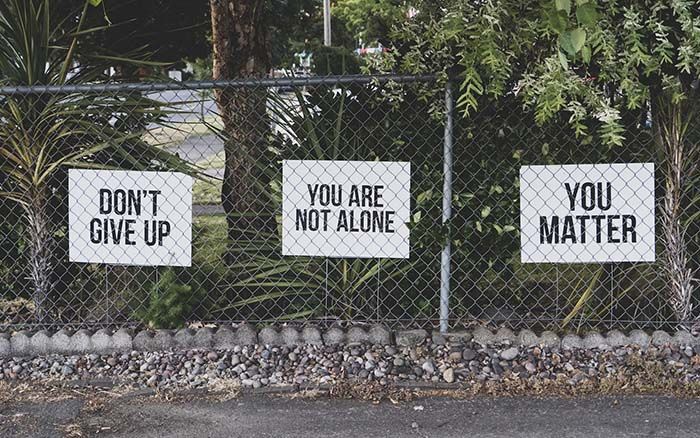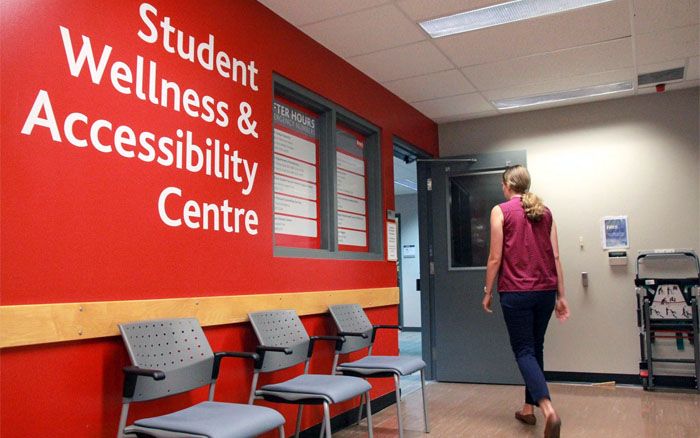Benefits of Patient Portals
Interview with Bethany Baughman, RN BSN CPN, and Customer Onboarding Specialist at Medicat.
Is your school considering switching to an EHR and wanting to learn more about how the Patient Portal would work? Or are you a current client looking for some more tips and tricks on best utilizing the Patient Portal? Well, you’ve come to the right place!
One of our amazing Customer Onboarding Specialists, Bethany Baughman, is here to help. She has guided over 70 schools in implementing the Patient Portal and has firsthand experience with Medicat from the college perspective, having worked as a nurse at the University of Tulsa’s Health Center.
Keep reading to become a Patient Portal expert!
1. In simple terms, how would you describe the Patient Portal?
The Patient Portal is an online tool that allows students to log in and:
- Securely communicate with their provider(s)
- Enter immunization records and view their compliance status
- Schedule appointments across multiple clinics
- Upload documentation to their record
- Complete any required forms
2. Does the Patient Portal integrate with most Student Information Systems?
Yes, the portal does integrate with most SIS systems. This is especially helpful when it comes to billing student accounts. Plus, we’re able to create student profiles in the Patient Portal based on information imported from the SIS (Demographic Feed). We work with the school to set this up as soon as the onboarding process begins.
3. What features of the portal do you think are most helpful?
- Self-scheduling based on clinic parameters: This is often an underutilized feature because many clinics are not used to exposing their calendars to their campus population. However, there are plenty of opportunities to set controls so that self-scheduling works for your specific clinic or campus. College students are already using apps and websites to schedule appointments, so they really appreciate the option to schedule online.
- Utilizing secure messaging: I love that Medicat automatically records provider-student interactions in the chart. It eliminates the need to copy and paste emails into patient records, and it ensures privacy since email is not a secure or HIPAA-compliant communication method.
- Simplified prescription refills: Prescription refill forms can be completed on the portal and sent directly to providers for review. This feature is fantastic, not only for prescription refills but also for requests for services in Accessibility/Disability Services Clinics. It really helps remove barriers to care.
- Sending educational resources to students post-visit: I frequently used this feature when I worked as a nurse. I created educational handouts on various topics and attached them to notes so students could access them anytime on the portal. Instead of giving students paper handouts that might get left behind or lost, they can easily access relevant educational resources through their phones.
Take a peak at our Patient Portal below!
4. Do you have specific tips for helping a Student Health Clinic maximize the power of the Patient Portal?
Of course! One of my favorite tips is using the portal to collect subjective data related to the patient’s issue prior to the appointment with appointment-specific forms. This better prepares providers for the appointment and helps save time!
Bethany’s Advice for ALL Clinics: The more you reference the portal and send students to the portal, the more they will utilize it! It can be as simple as being firm on not accepting any documents or appointments that are not submitted via the portal.
5. Any specific tips for Counseling Centers?
Be open-minded about the features that are available. You can start small and add on to the features you utilize as you become more comfortable with the system and its options.
6. What about tips for Immunization Compliance?
I have clients who make videos to walk students through the process of submitting their Immunization Records. This helps reduce the amount of cleanup needed for student records with duplicate entries, and more. Check out this awesome tutorial a student from Eastern University created to show other students how to use their school’s Patient Portal.
7. What efficiency or productivity gains have you seen from a clinic implementing the Patient Portal?
So much time is saved by allowing students to self-schedule appointments, submit their immunization records, and upload supporting documentation through the portal. This gives clinic staff more time to listen to students’ concerns, plan outreach events, and analyze clinic-wide reports. In other words, your clinic will have the space and time to grow, rather than just trying to stay on schedule each day!
8. Is there a feature you feel is underused that more clients would benefit from?
- Self-Scheduling: There are so many controls around self-scheduling, but many people don’t want to feel like they’re “losing control” of their schedules. I think that the campus populations are pretty tech-savvy and can navigate more than we think.
- Subjective data collection prior to the appointment: This is a powerful way to gather information ahead of the appointment so that providers are better prepared for the appointment. Plus, the clinic tends to run more efficiently.
Key Takeaways
In conclusion, the Patient Portal is at the forefront of healthcare’s digital revolution, offering numerous benefits for both students and providers. It transforms how patients access and interact with medical information, fostering greater transparency, convenience, and engagement. With features like secure messaging, self-scheduling, and simplified prescription refills, the Patient Portal significantly enhances your clinic’s workflow.













